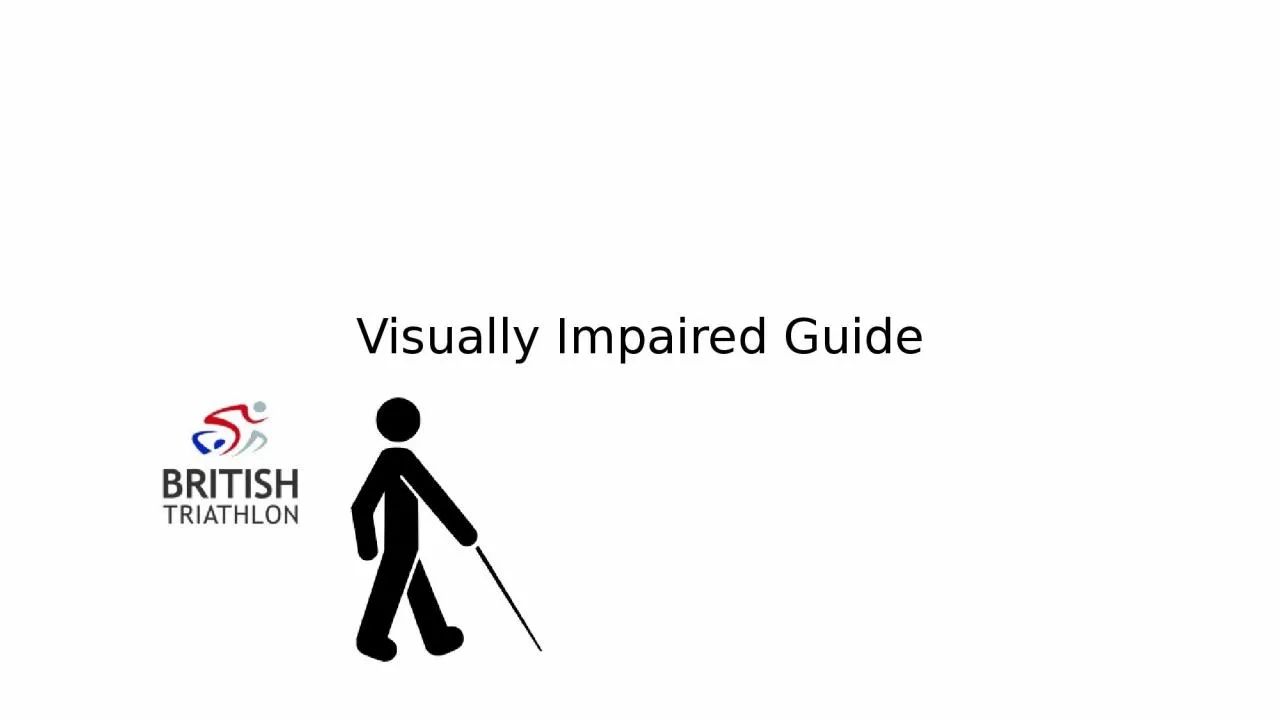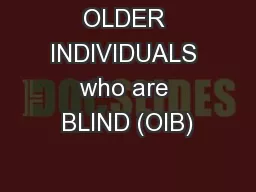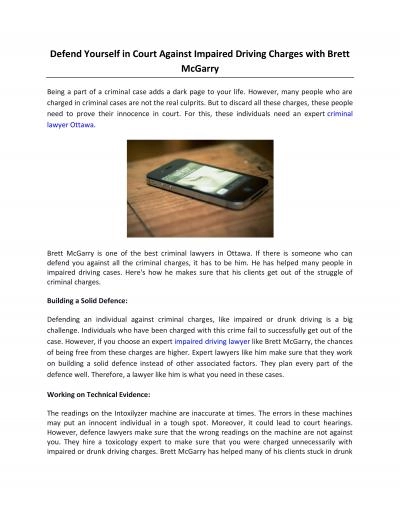PPT-Visually Impaired Guide Key tips whilst around visually impaired individuals
Author : SugarPlum | Published Date : 2022-08-01
Introduce yourself clearly along with remember to inform an visually impaired athlete that you are leaving your conversation to go talk to someone else as a visually
Presentation Embed Code
Download Presentation
Download Presentation The PPT/PDF document "Visually Impaired Guide Key tips whilst ..." is the property of its rightful owner. Permission is granted to download and print the materials on this website for personal, non-commercial use only, and to display it on your personal computer provided you do not modify the materials and that you retain all copyright notices contained in the materials. By downloading content from our website, you accept the terms of this agreement.
Visually Impaired Guide Key tips whilst around visually impaired individuals: Transcript
Download Rules Of Document
"Visually Impaired Guide Key tips whilst around visually impaired individuals"The content belongs to its owner. You may download and print it for personal use, without modification, and keep all copyright notices. By downloading, you agree to these terms.
Related Documents














